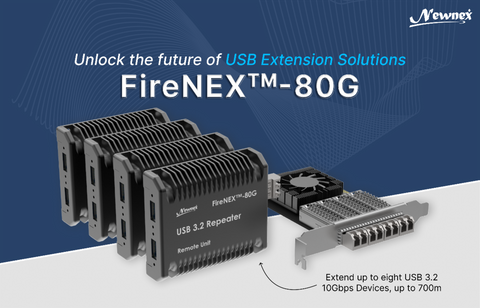What does rg stand for in coaxial ethernet networks?
"RG" means "Radio Guide" and was the original military specification for coax cable back in the thirties. RG-1 turned out to be pretty unpopular, whereas RG-6 became wildly successful!
Coaxial Cable RG Numbers are generally just an indicator of size. The actual performance of two different RG6 coax cables, for example, can be very different. Most RG numbers refer to cables made with specific diameters (as thicker diameters typically have lower attenuation over long lengths), but also shielding, jacket type, and dielectric type (which gives its impedence property).
The important thing to know is what frequency signals you want to send down a coax, and then look in more detail at the cable specifications. Today, many of the standards have become vague, meaning that RG58B/U, for instance, may have very different characteristics from manufacturer to manufacturer.
Let’s highlight the three most common coax cable types for video applications - RG6/U, RG11/U and RG59/U.
You will probably have come across RG-6, as it is the industry standard for cable and satellite signal transmission. The RG-6 is a thin cable which is ideal when you need to coil or bend within a wall. Its great for home installations.
The RG-11 is thicker and inflexible. You can use it to minimize signal loss in long runs, so it is typically used outside or underground.
The RG-59 has a thinner centre conductor than the RG-6. This makes the RG-59 the best choice for short runs and low frequency transmissions indoors, but in other ways it is inferior to the RG-6.
In many situations, low-loss cable is particularly important. It is ideal for any antenna-to-radio setup, and is often used extensively in wireless system installations. Low loss cable is often referred to by its series number, such as 200-Series cable, which is usually a rough approximation of the diameter of the cable.
The higher the number (ie, 400, 800, etc), the thicker and heavier the cable, and the less attenuation over the length. Because of this, higher series numbers are typically used in cases where the antenna is permanently installed at some distance from the radio. Lower series numbers are used in cases where the antenna is closer, especially in portable setups where the weight of the cable is important.
The bottom line about RG-style coaxial cable is that if you need to get a specific type for your application, you should include the characteristics of the cable with your request. The actual standard may have some variations that would make the product unsuitable for some circumstances.
If you require coax, ITM Components can advise and supply you with L-com’s RG style coaxial cable and cable assemblies, together with a vast selection of low-loss coax cables. The L-Com range is one of the most comprehensive in the industry.
L-com's coaxial product line features popular coaxial cable, RF connectors, RF cable and other high quality coaxial products such as SMA connectors, coax adapters, and tools.
Coaxial interfaces include: BNC, SMA, TNC, Type F, RCA, SMB, MCX, MC-Card, Type-N, and more. We carry coax RF connectors and tools such as cable strippers, coaxial crimp tools, compression tools, and pin crimp tools to accommodate all of your coaxial termination requirements.

Introducing the FireNEX-80G USB Extension Systems, an innovative and secured extender solution for professional USB applications across industries including industrial automation, medical imaging, video conferencing, and more.
S
VPI's 26AWG CAT7 stranded SSTP Ethernet cables are now available in blue, white, gray, and black.

The F55 Cable Cubby is an elegant furniture-mounted, tilt‑up enclosure for professional environments that require AV connectivity, USB, data, control, and power in an attractive and streamlined solution.
Stuart Berry
Author